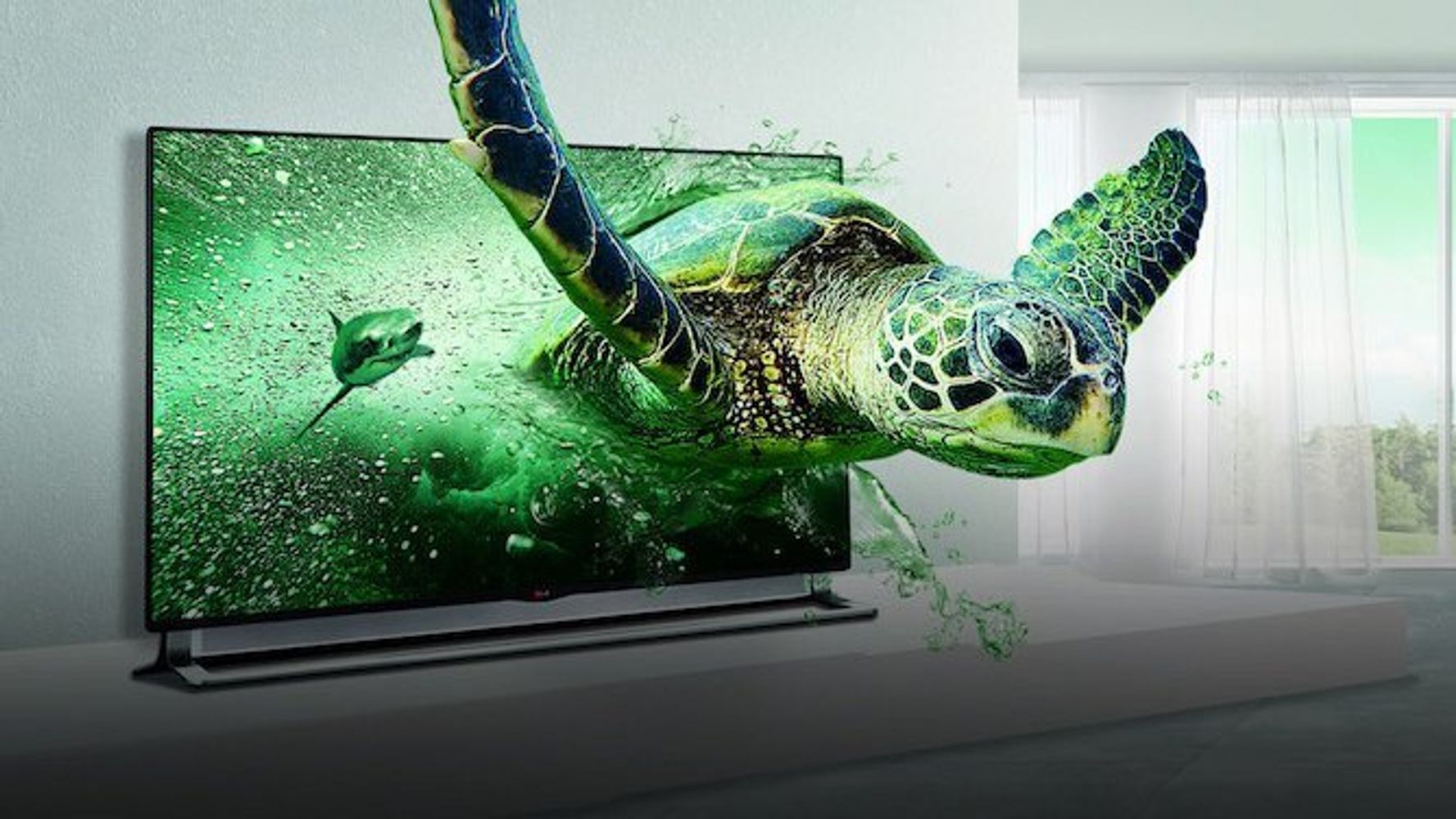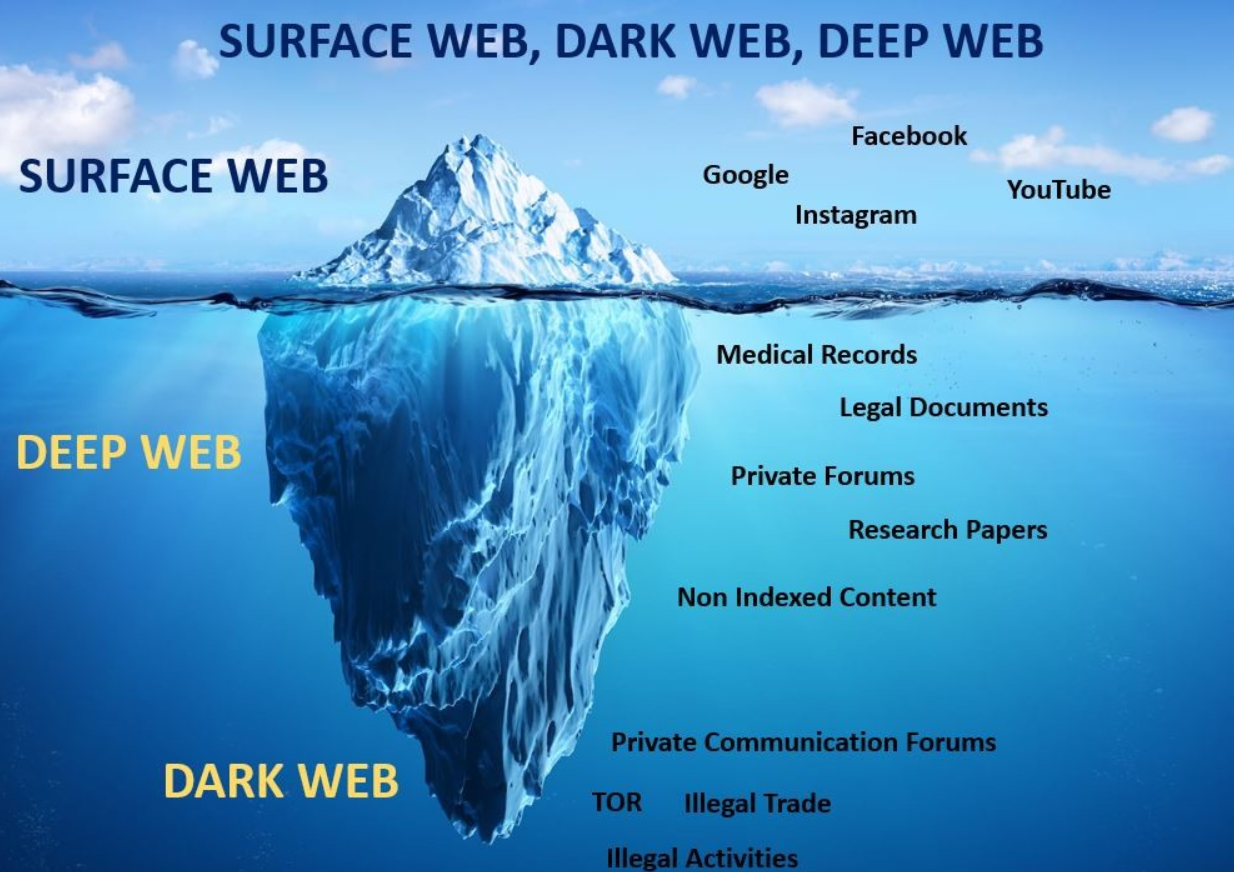
Why 3D TVs Failed: The Rise and Fall of a Tech Revolution
In the early 2010s, 3D TVs were hyped as the future of home entertainment. Major brands like Sony, Samsung, and LG invested heavily in this technology, promising a cinematic experience right in our living rooms. However, within a few years, 3D TVs completely disappeared from the market. What went wrong?
The Rise of 3D TVs
3D technology became popular in cinemas with movies like Avatar (2009), leading TV manufacturers to believe that consumers would want the same immersive experience at home. These TVs used either active shutter or passive polarized 3D glasses to create a 3D effect, making images appear to pop off the screen.
Why 3D TVs Failed
- Uncomfortable Viewing Experience
- Users had to wear special 3D glasses, which were expensive and uncomfortable for long periods.
- Active shutter glasses required batteries and syncing, making them inconvenient.
- Lack of Content
- There were very few 3D movies, TV shows, or sports broadcasts.
- Streaming services like Netflix and YouTube focused on HD and 4K content instead.
- High Costs
- 3D TVs were significantly more expensive than standard HD TVs.
- Extra accessories, like glasses and 3D Blu-ray players, added to the cost.
- Declining Consumer Interest
- Many viewers found 3D more of a gimmick than a must-have feature.
- People preferred higher resolution (4K, 8K) and better display quality over 3D effects.
- Better Alternatives Emerged
- OLED, QLED, and HDR (High Dynamic Range) provided a much better visual experience without the hassle of 3D glasses.
- Virtual Reality (VR) became a more immersive option for 3D-like experiences.
Where is 3D TV Today?
By 2016, major manufacturers stopped producing 3D TVs, shifting focus to 4K, HDR, and smart TV features. Today, 3D TVs are nearly obsolete, with only a small niche market still using them for specific purposes.
The Lesson from 3D TV’s Failure
Not all innovative technologies succeed. 3D TVs failed because they prioritized novelty over practicality. The key takeaway? Consumers want convenience, affordability, and a real improvement in experience—something 3D TVs failed to deliver.



Leave a Reply